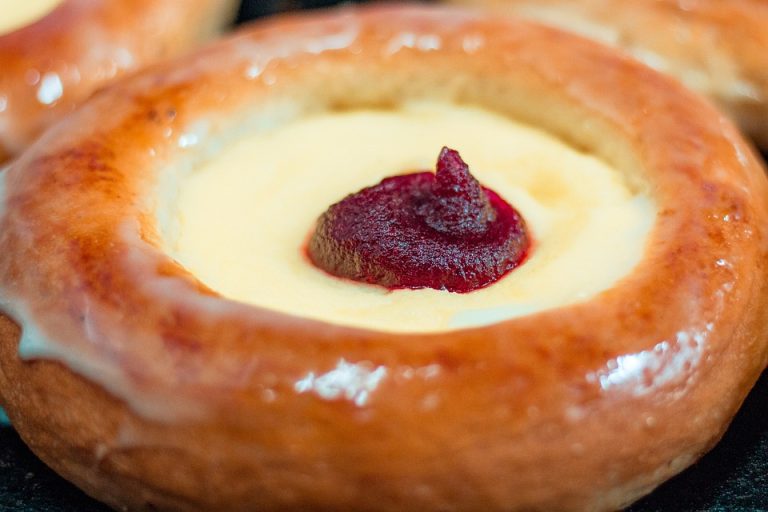
Homemade bread is a staple in many households, and for good reason. There’s something satisfying about making your own bread from scratch, and the taste and aroma of a freshly baked loaf is hard to beat. But have you ever wondered about the calorie count and nutritional facts of homemade bread?
First, let’s talk about the calorie count. The exact number of calories in homemade bread can vary depending on the recipe and ingredients used. However, a general estimate is that one slice of homemade bread contains around 70-80 calories. Of course, this can fluctuate depending on the size of the slice and the type of flour and other ingredients used.
When it comes to nutritional facts, homemade bread can be a healthy option if made with whole grains and other nutritious ingredients. Whole grain bread is rich in fiber, which helps with digestion and can also help lower cholesterol levels. It also contains important nutrients like iron, magnesium, and B vitamins. Homemade bread made with whole grains can be a source of important nutrients that many people don’t get enough of in their diets.
If you’re concerned about the nutritional content of your homemade bread, here are some tips to consider:
– Use whole grain flour: Whole grain flour contains all parts of the grain, including the bran, germ, and endosperm, making it a more nutritious choice than refined white flour. Look for whole wheat, spelt, or rye flour for a healthier option.
– Add seeds and nuts: Adding seeds and nuts to your homemade bread not only adds texture and flavor, but also boosts the nutritional content. Seeds like flaxseeds, chia seeds, and sunflower seeds are rich in healthy fats and vitamins, while nuts like almonds and walnuts provide protein and fiber.
– Incorporate vegetables: You can also add vegetables to your homemade bread for an extra nutritional punch. Carrots, zucchini, and pumpkin are all popular choices for adding moisture and nutrients to bread recipes.
It’s important to note that homemade bread, like all foods, should be enjoyed in moderation. While it can be a nutritious and delicious addition to your diet, it’s always important to be mindful of portion sizes and overall balance in your eating habits.
In conclusion, homemade bread can be a healthy and satisfying addition to your diet when made with whole grains and other nutritious ingredients. By paying attention to the calorie count and nutritional facts, you can make informed choices about the bread you bake at home. So, go ahead and enjoy your homemade bread, knowing that it can be a wholesome and tasty option for you and your family.